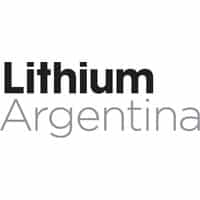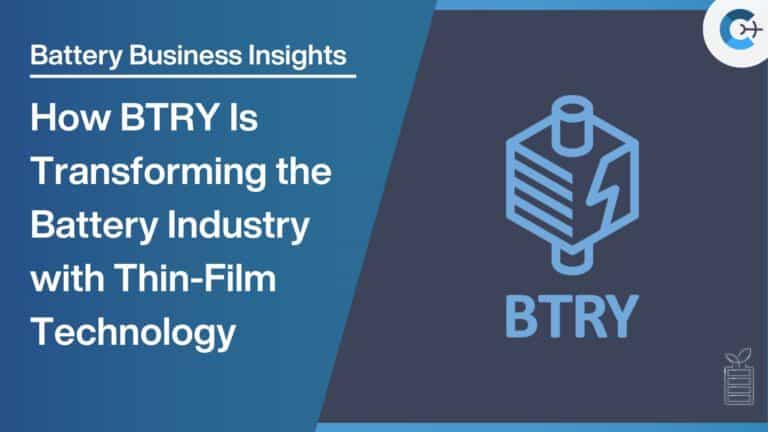AMG Critical Materials N.V. has successfully commissioned Europe’s first lithium hydroxide refinery in Bitterfeld-Wolfen, Saxony-Anhalt, Germany. The plant, operated by AMG Lithium B.V., has started production of battery grade lithium hydroxide in the first of five planned modules at the site.
Each module has an annual production capacity of 20,000 metric tons, enough to supply batteries for approximately 500,000 electric vehicles. The company reports that production from the first module has already been fully committed to customers.
AMG’s long-term strategy is to expand the plant’s annual production to 100,000 metric tons of battery-grade lithium hydroxide by 2030, subject to market conditions. This potential production would represent approximately 14% of the projected European demand for lithium in batteries through 2030, according to recent industry forecasts.
Dr. Heinz Schimmelbusch, Chairman and CEO of AMG N.V., emphasized the importance of the refinery in securing the critical raw material supply for the German and European industry. He noted that the establishment of AMG’s complete lithium value chain is in line with the European Critical Raw Materials Act and increases raw material independence.
The refinery will primarily supply European-based manufacturers with lithium hydroxide, a critical component in the production of cathode materials for electric vehicle batteries. This development is expected to support the transition to climate-neutral mobility.
Dr. Stefan Scherer, Managing Director of AMG Lithium GmbH, highlighted the company’s focus on developing advanced technologies and materials to support the next generation of sulfur-based all-solid-state batteries in collaboration with key industry players.
The opening of this facility marks a significant step in AMG’s mission to provide critical materials and related process technologies for a less carbon-intensive world. The company’s broader portfolio includes energy storage materials such as vanadium and tantalum, as well as engineered systems for CO2 reduction in various industries.
Source: GlobeNewswire
















